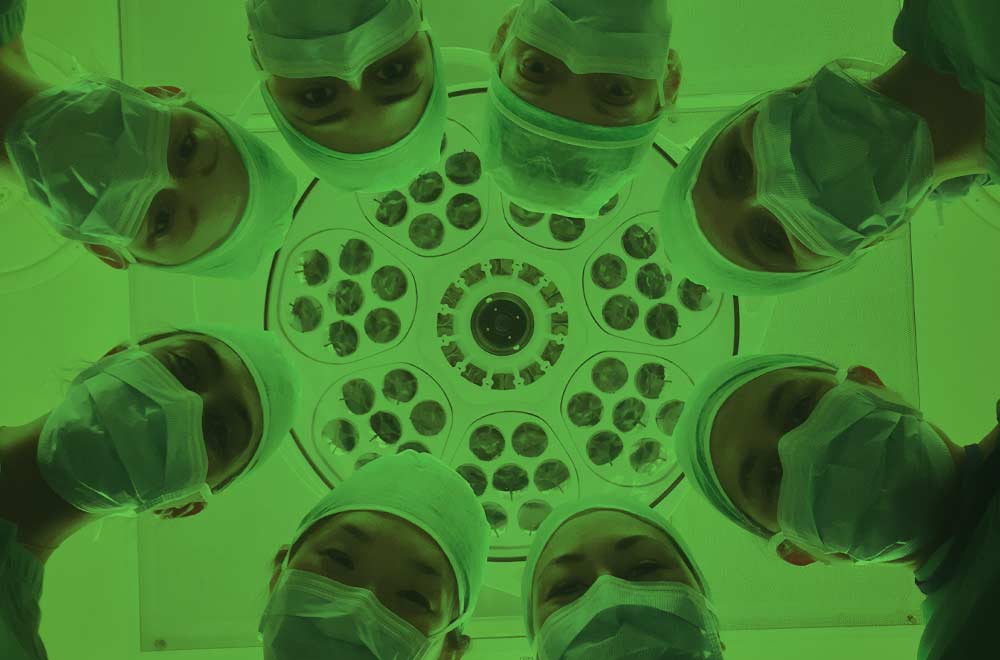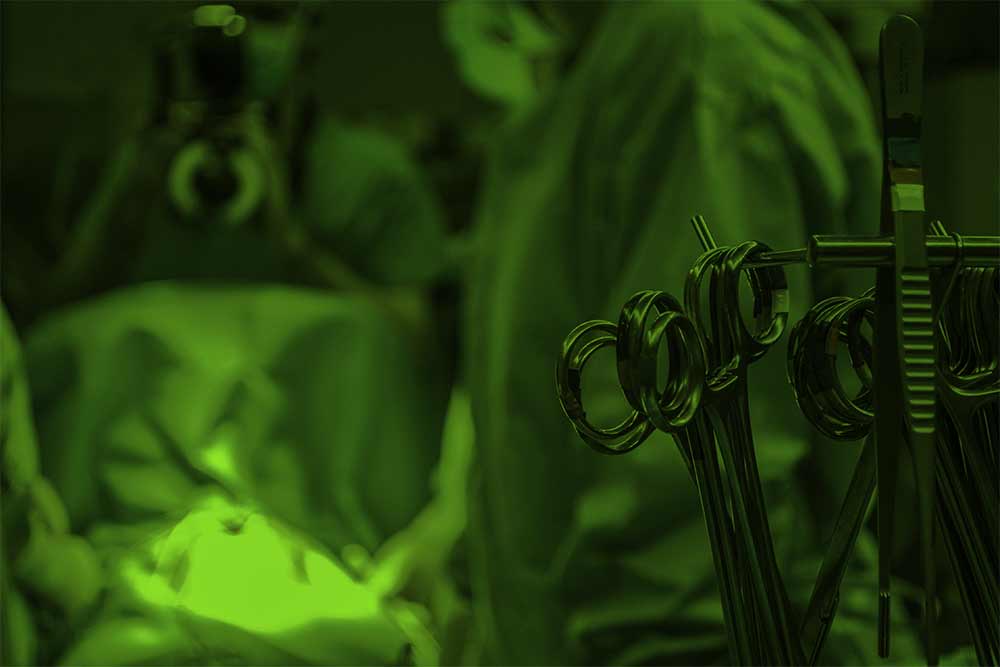Strategic acquisition of Dutch multispectral imaging leader drives growth of Olympus’ Surgical Endoscopy business
TOKYO/HAMBURG- Olympus Corporation recently announced that it has entered into an agreement to acquire Quest Photonic Devices B.V. for up to EUR50 million including milestone payments to strengthen its surgical endoscopy capabilities.
Quest’s lead product line is the Quest Spectrum Fluorescence Imaging System, which enables fluorescence-guided surgery for open and minimally invasive procedures. Kanichi Matsumoto, global head of Surgical Endoscopy at Olympus, said: “We are delighted to incorporate Quest’s advanced FIS capabilities into our comprehensive medical imaging portfolio. The combination of the Quest Spectrum product line’s leading FIS technologies with Olympus’ existing laparoscopic imaging system VISERA ELITE II will enable Olympus to offer surgeons a wide range of high quality fluorescence imaging solutions.”










